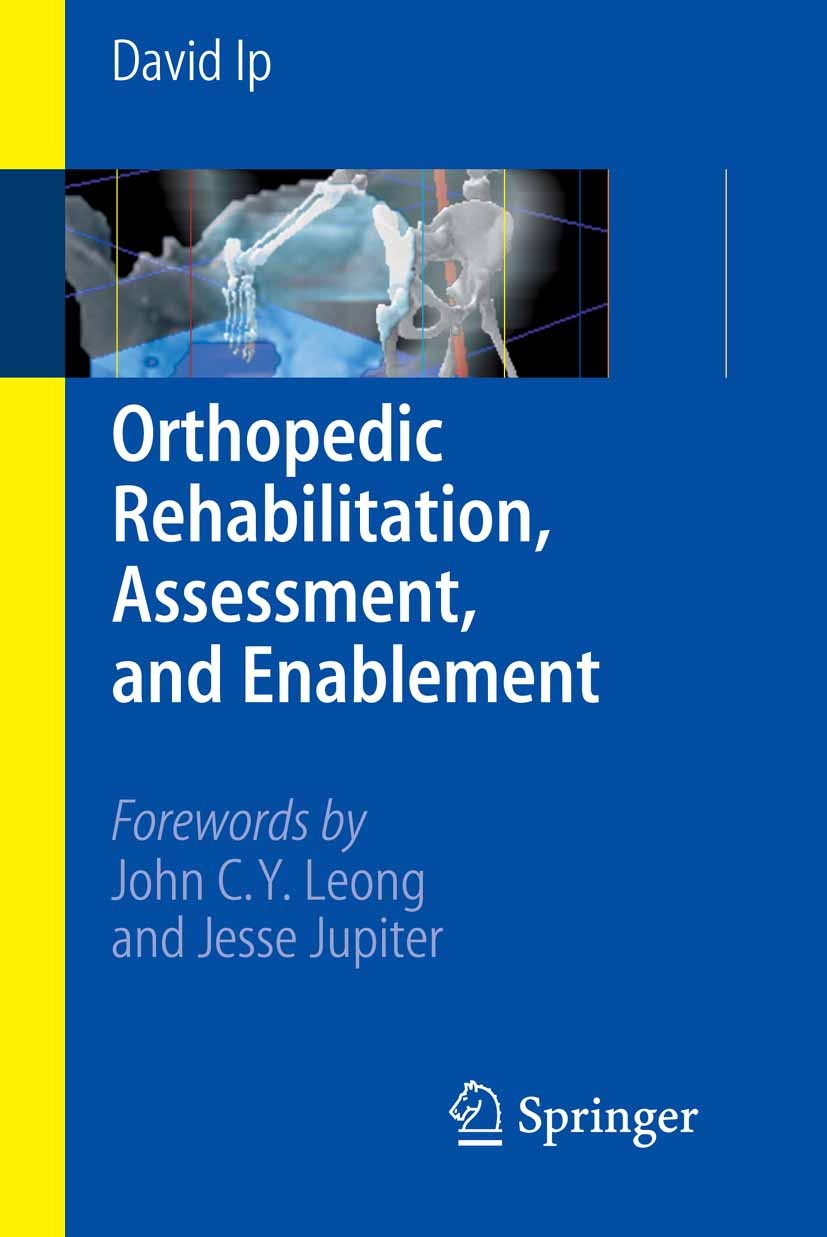
Persistent pain affects numerous of people worldwide and can substantially diminish the standard of living. It can result from multiple disorders, such as arthritis, fibromyalgia, or prior injuries. While drugs and treatments are commonly employed to control pain, a growing body of studies shows that exercise can serve a crucial role in relieving chronic pain. Engaging in consistent physical exercise can not only assist reduce pain intensity but also improve overall health and functionality. Comprehending how exercise impacts the physical state can empower individuals to assume control of their pain management.
Exercise has several bodily benefits that can aid alleviate chronic pain. When individuals participate in exercise activities, their systems produce endorphins, which are innate pain-killers. Additionally, exercise can boost blood circulation and fortify muscles, providing superior support for joints. For those with conditions like arthritis, low-impact workouts such as aquatic exercises or biking can assist maintain joint mobility without putting excessive stress on the system. Consistent exercise also assists in preserving a fit weight, which can reduce the pressure on load-bearing joints and additionally ease pain.
In furthermore to its physical benefits, this page exercise has a positive impact on mental health. Chronic pain can often lead to feelings of anxiety and depression, which can worsen the perception of pain. Engaging in consistent physical activity can help combat these feelings by boosting self-esteem and elevating mood. Collective exercises, such as yoga or core strengthening, also provide communal interaction, which can improve emotional backing. This mixture of bodily and mental health benefits makes exercise an essential component of a comprehensive pain relief strategy.
It is important to tackle exercise with care, particularly for those managing with chronic pain. Beginning slowly is crucial to avoid exacerbating symptoms. Individuals should think about consulting healthcare experts to create a tailored exercise plan that considers into consideration their particular conditions and limitations. Activities such as stretching, walking, or gentle yoga can be great initial points. Slowly increasing the intensity and duration of workouts can assist build strength and endurance without inducing undue strain on the system.
In conclusion, utilizing the power of exercise can substantially alleviate chronic pain and enhance standard of life. Consistent physical exercise not only assists to reduce pain through the release of endorphins and enhanced muscle strength but also promotes mental health. By including exercise into daily routines, individuals can empower themselves in controlling their pain. A thoughtful and knowledgeable approach to exercise, guided by healthcare professionals, can bring to lasting benefits in health and overall quality of life.